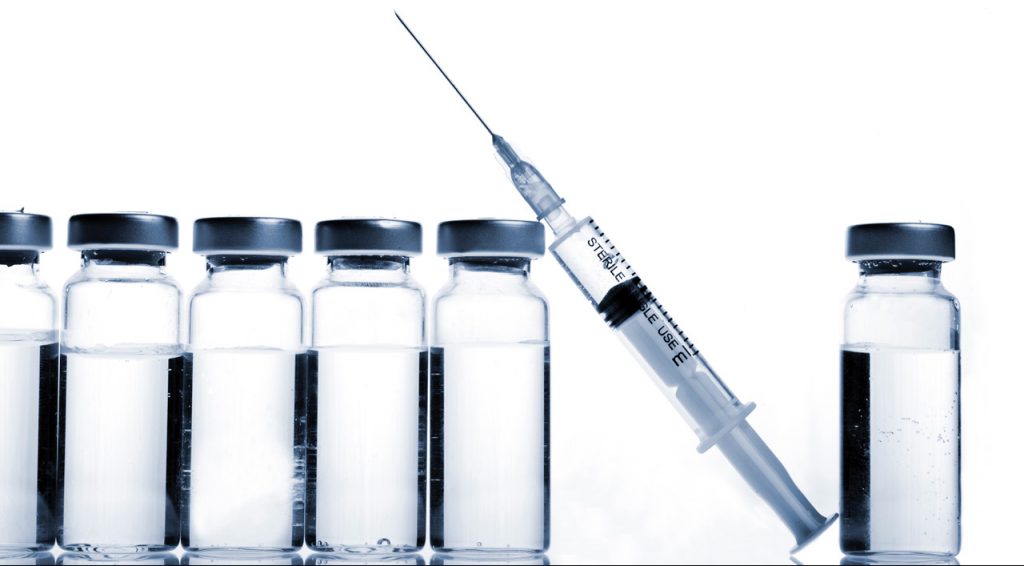Characterization and Applications of Colloidal Systems as Versatile Drug Delivery Carriers for Parenteral Formulations

Preparing a suitable formulation for parenteral administration is already a difficult task; this, coupled with poor water-soluble new chemical entity (NCE), complicates this situation even further. There are several methodologies available to enhance water solubility, but this alone does not entail successful formulation. Making a micro/nano emulsion with a suitable surfactant not only increases the drug solubility but also the cell membrane permeability. Thus, not only biopharmaceutic classification system (BCS)-II (low solubility compounds) but also BCS-III (low permeability) and BCS-IV drugs (low solubility and low permeability) can be further exploited. Those drug candidates otherwise will not move further in NCE evaluation or clinical trials. This succinct review article delves into various aspects of biphasic micro/nano emulsion systems for parenteral drug delivery including the structure of the biphasic colloidal systems, characterization parameters, stability issues, regulatory considerations, and applications in life sciences.
Download the full article here: Characterization and Applications of Colloidal Systems as Versatile Drug Delivery Carriers for Parenteral Formulations
or continue reading here: Kolluru, L.P.; Atre, P.; Rizvi, S.A.A. Characterization and Applications of Colloidal Systems as Versatile Drug Delivery Carriers for Parenteral Formulations. Pharmaceuticals 2021, 14, 108. https://doi.org/10.3390/ph14020108
Interesting part of this publication:
FDA Perspective on Excipients
Excipients are inactive ingredients that are intentionally added to pharmaceutical dosage forms and are not intended to exert a therapeutic effect. Most of the formulations contain a small percentage of the active drug and typical major components are additives. Due to safety reasons, there are limitations on the type and quantity of an additive to be included in an injectable drug formulation. Commonly used excipients in the formulation of submicron emulsion/suspension are: buffering agents, tonicity agents, preservatives, wetting agents, complexing and dispersing agents, solvents and co-solvents, etc. Selection of excipients depends on toxicity issues, pharmaceutical acceptability of additives and excipients’ ability to withstand terminal sterilization and aseptic processing. The choice of additives also depends on:
-
Drug-excipient compatibility.
-
Compatibility of the excipient with manufacturing process and container–closure system.
-
Excipient impact on quality, safety, and effectiveness of the drug product.
-
Route of administration.
-
Dose volume and intended use of the drug product: single versus multiple dose.
-
New chemical excipients: A full safety evaluation program is required for these excipients. A drug master file (DMF) must be filed with the FDA for a new excipient. The DMF contains relevant safety information.
-
Existing chemical excipients—first use in man: Animal safety data are available for this class of excipients. Additional safety information is required when there is a change in dosage form, route of administration, higher dose, etc.
-
New modifications or combinations of existing excipients: This class of excipients indicate a physical reaction and not a chemical reaction. Thus, no additional safety evaluation is necessary.
Click here to find out more about parenteral formulations and excipients



